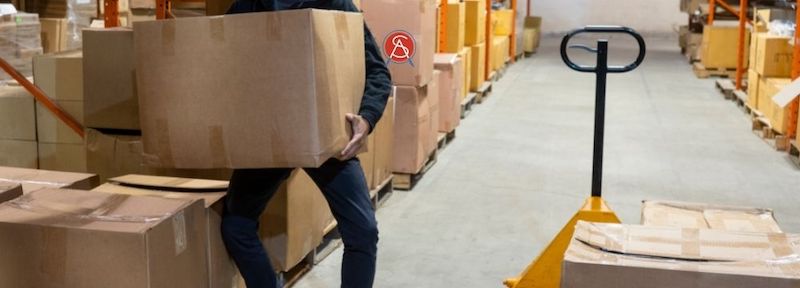
With about 25% of men likely to develop an inguinal hernia over their lifetimes and 1 million or more hernia operations performed every year, you can imagine no matter how low the recurrence rate, a fair number of people will require a second hernia operation to address what is known as a recurrence. Recurrence is certainly not a guarantee, and with proper care and surgical choices, most patients will never experience a recurrence.
How Do I Know I Have a Recurrence?
Some recurrences may be constantly or intermittently painful and nearly impossible to see or feel without an in-depth physical examination often leading to imaging diagnostics such as a CT or ultrasound. Some recurrent hernias may be obvious but also painless. In the end, if you believe you have an issue with a previous repair, have it checked out.
Painful recurrence often feels like a muscle pull or tear and doesn’t relent. Some ‘breaking up’ of early scar tissue may feel similar but generally stops or improves almost as suddenly as it began or at least gets progressively better over time.
Urgent conditions related to recurrence would not typically decrease in pain quickly and instead persist or even increase. Contact your surgeon’s office immediately in these instances or call 9-1-1 if the pain is severe.
The Risks of a Recurrent Hernia
Risks of recurrence are essentially the same as those of primary hernias. Pain, incarceration, strangulation of fat tissue and organs, swelling, varying degrees of bowel or urinary obstruction, and a visible lump would be significant symptoms worthy of an evaluation. Bowel incarceration around mesh may produce an infection and fistula.
- Intermittent pain or drainage should be followed by an urgent surgical evaluation.
- At the same time, complete stoppage of bowel or urinary activity, especially with vomiting and food/drink intolerance, requires a trip to the Emergency Room.
With that said, here are four ways to reduce the risk of hernia recurrence.
Choose Wisely
Surgeon selection is an essential factor in reducing the recurrence of hernias. A surgeon must have absolute comfort and confidence in the repair options. An experienced hernia surgeon will have several modalities and mesh options at their disposal; choosing the right ones is critical. That is why employing a knowledgeable and highly skilled hernia surgeon is vital. Have an honest conversation with your surgeon about their statistics of recurrence and what measures may be taken to ensure the best chances of preventing recurrences with their preferred technique. Laparoscopic repairs are performed more widely now than ever, and robotics is a valuable tool among surgeons trained and comfortable with the technology. Please speak to your surgeon about what procedure they perform most frequently, with the most success, and with the lowest complication rates, including recurrence.
Choose The Right Surgeon That Chooses the Right Mesh
Placement techniques and mesh materials have improved over the years as data have accumulated. Still, countless mesh products of varied sizes and compositions are now on the market. The proper design, weight, and size of the mesh are critical to minimizing the chances of erosion or migration, both of which can lead to a recurrence. Of course, this is where a surgeon’s knowledge of the varying meshes and anatomy is essential. Be sure your surgeon has plenty of experience with various meshes, including the latest solutions on the market.
Be Kind Early and Often
In simplest terms, being protective of a hernia repair in the early post-operative healing
phase is critical. The more kind you are to yourself and the repair, the sooner you may be cleared to increase physical activities. Likewise, the more risk is taken during early healing, the greater the likelihood of discomfort and the greater the chance of recurrence.
A single maneuver will rarely cause a hernia recurrence unless it is severe and completely against doctor’s orders. General post-op instructions usually include limitations from lifting, pushing, or pulling more than 5-10lbs. For reference, a whole gallon of milk is roughly eight pounds. Standing or walking limitations vary, but the best rule of thumb is anything that hurts is your body’s signal your repair is being stressed.
Keep it Tight and Breathable
Splinting a wound or surgical repair with a bolster pillow or girdle-type device may be recommended for comfort and to support healing early in the post-op period. Breathing out while lifting, bending, standing from sitting or lying down, or any activity where the core muscles might be engaged is an excellent technique following surgical repair. Proper lifting and breathing techniques decrease intra-abdominal pressure, contributing to less strain and separation of any repair, including mesh.
Good posture to keep spinal vertebrae “stacked” on top of one another as much as possible – head atop shoulders, atop hip joints, atop ankles – while keeping arms pulled or pulling inward to the body frame to bear weight while breathing out is an excellent practice in general as well.
If you have any questions about hernia repair or what to do after surgery to minimize the risk of recurrence, please call us to speak to one of our surgeons.




